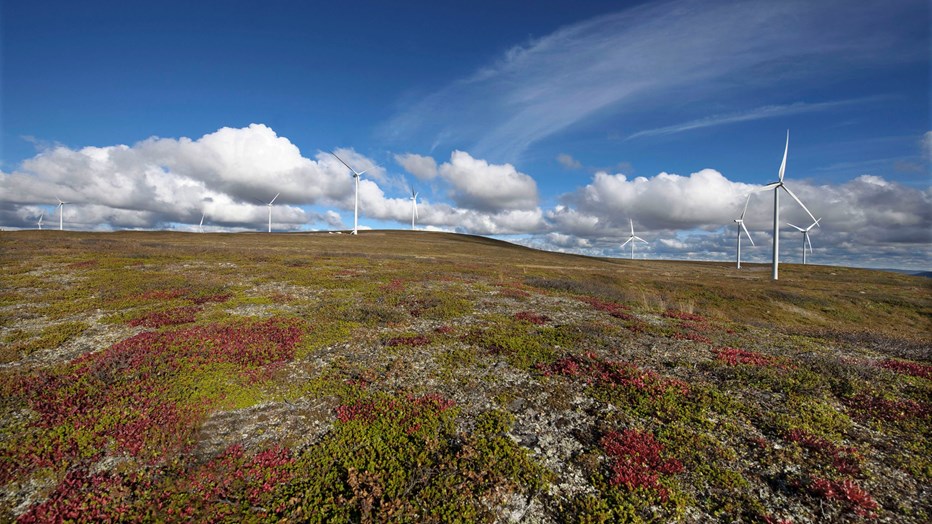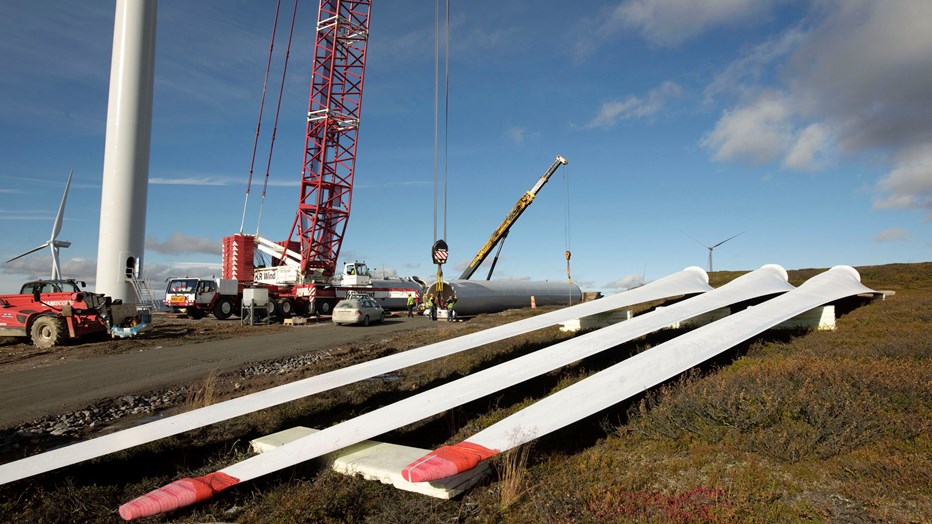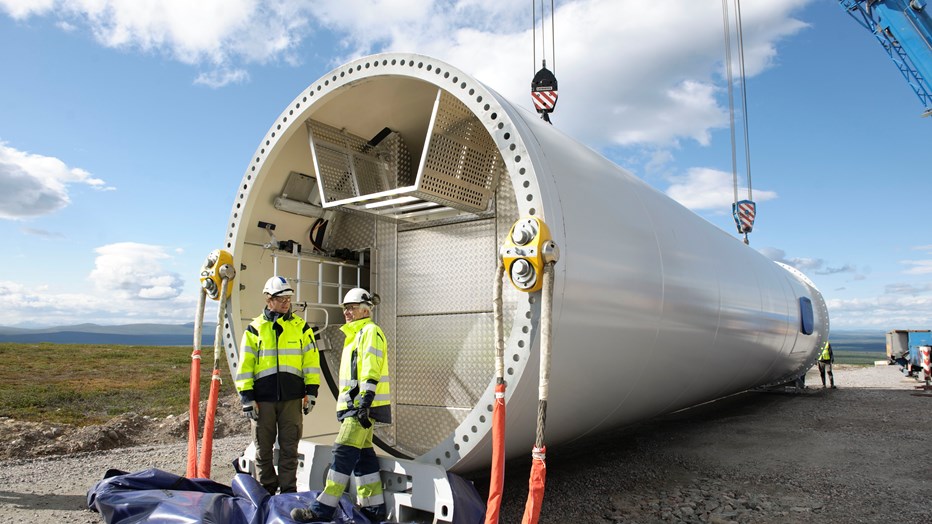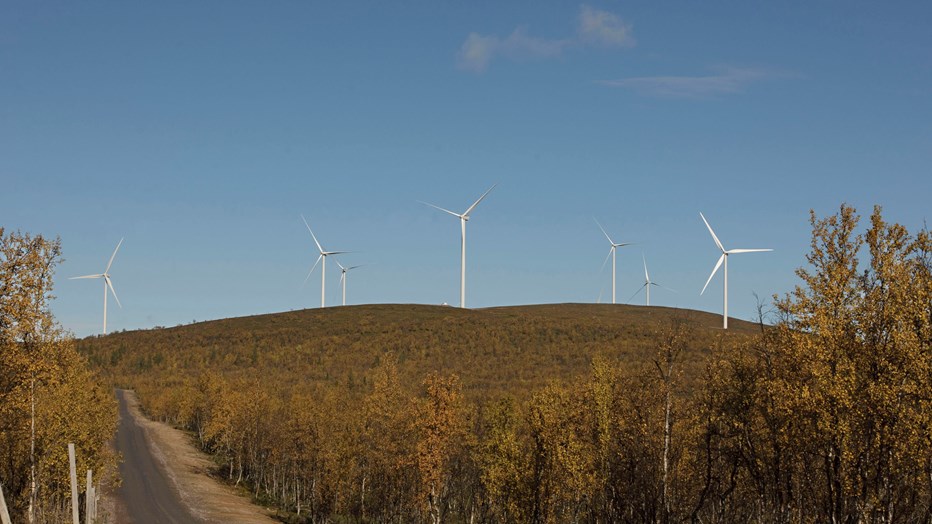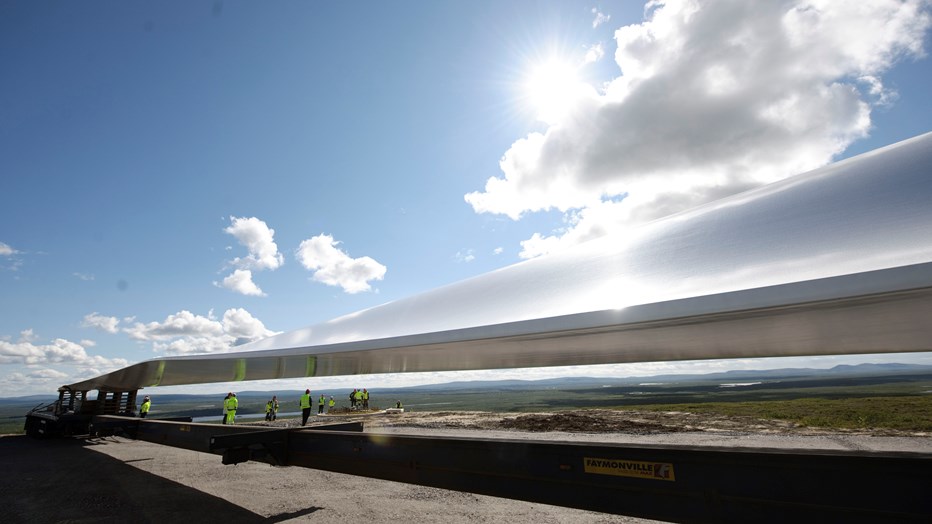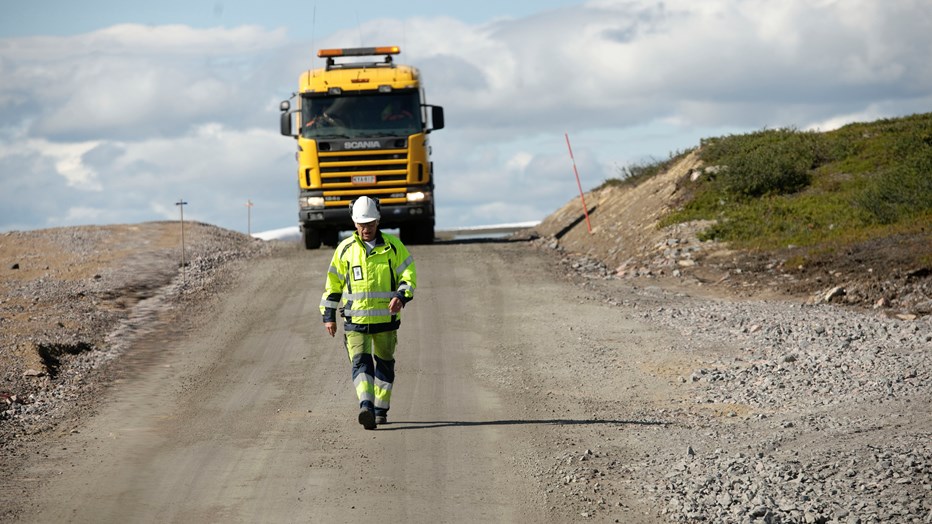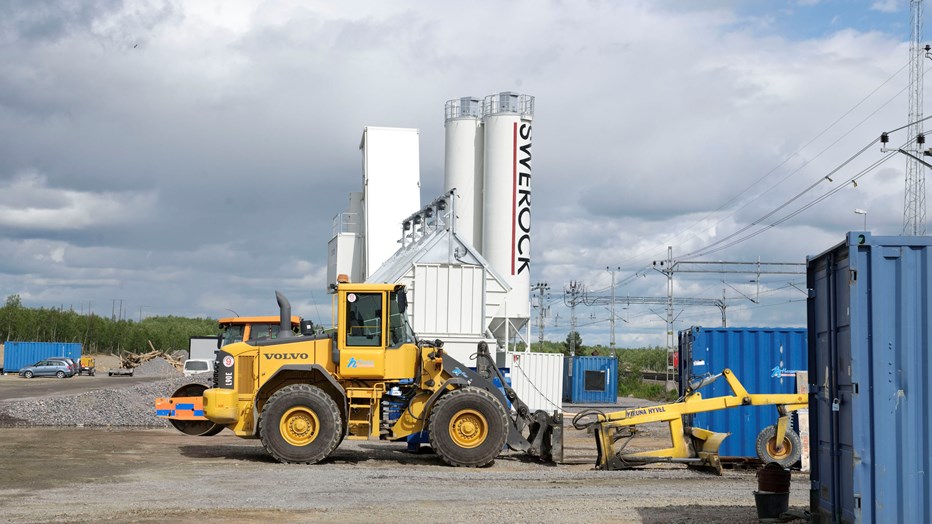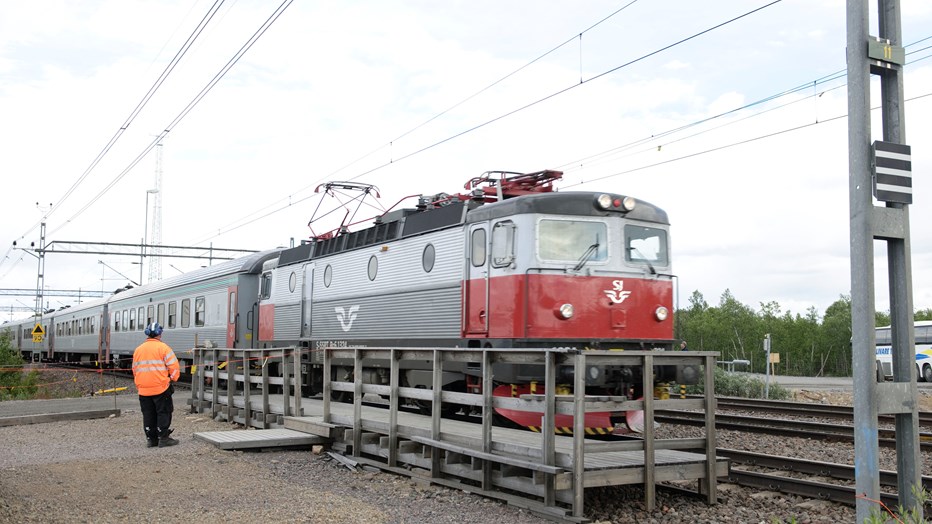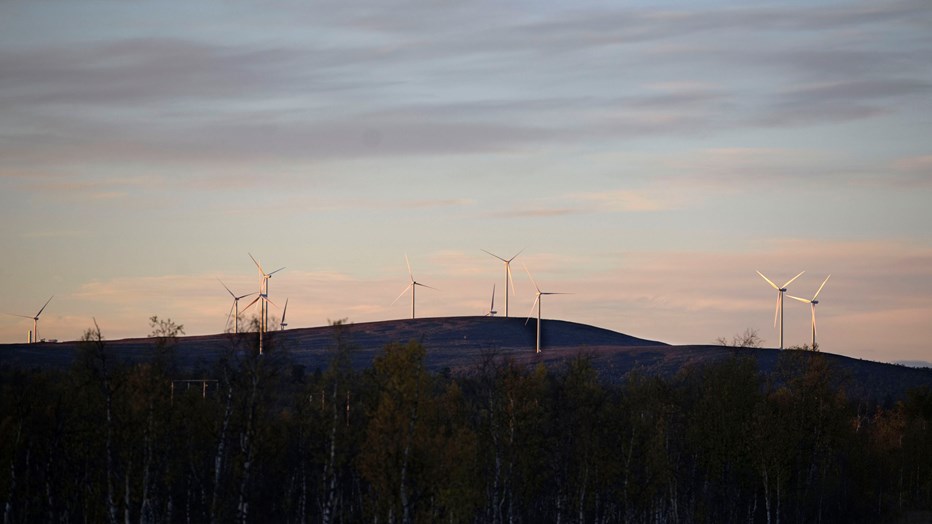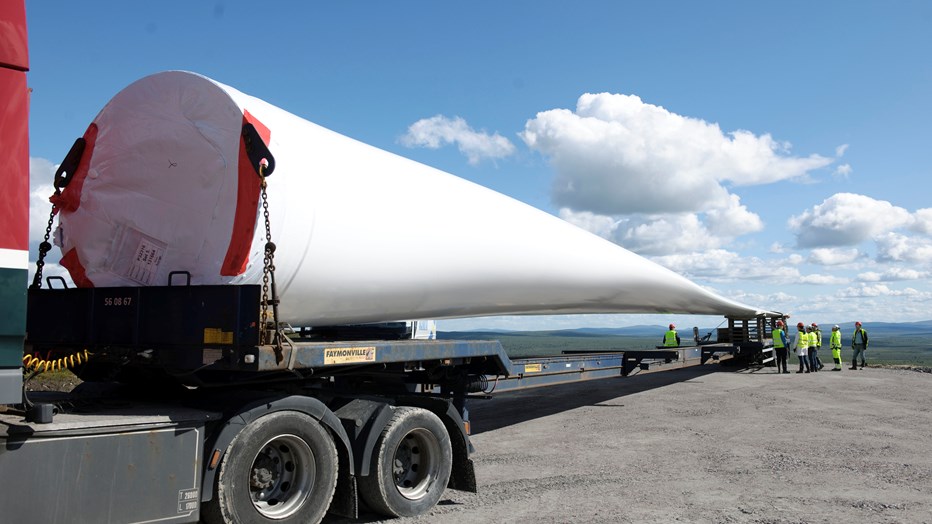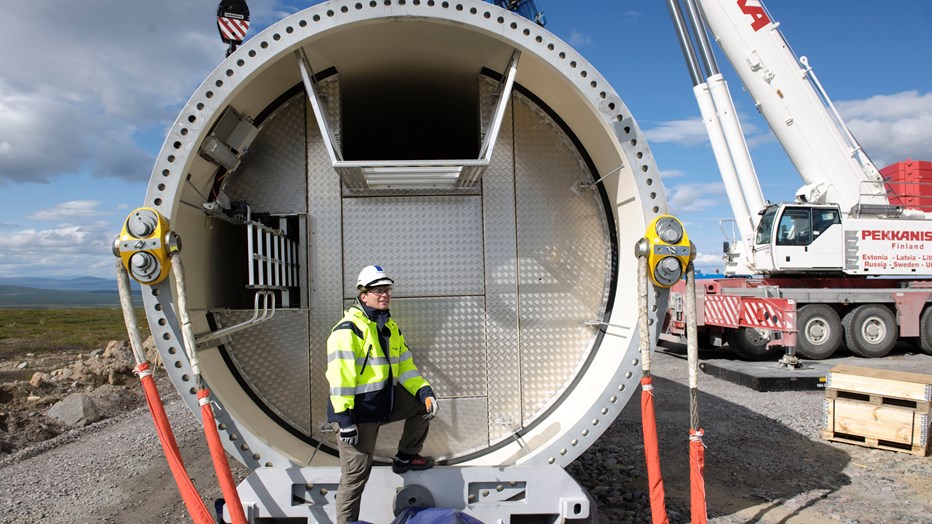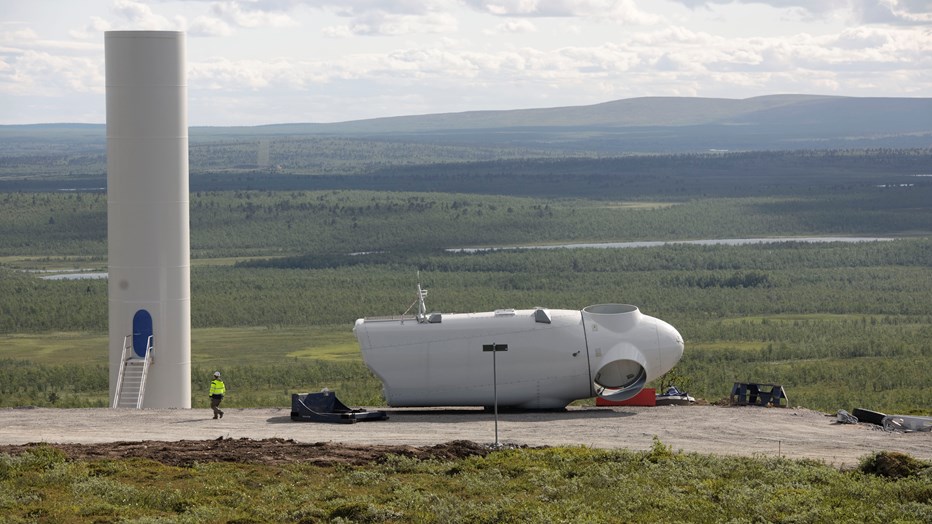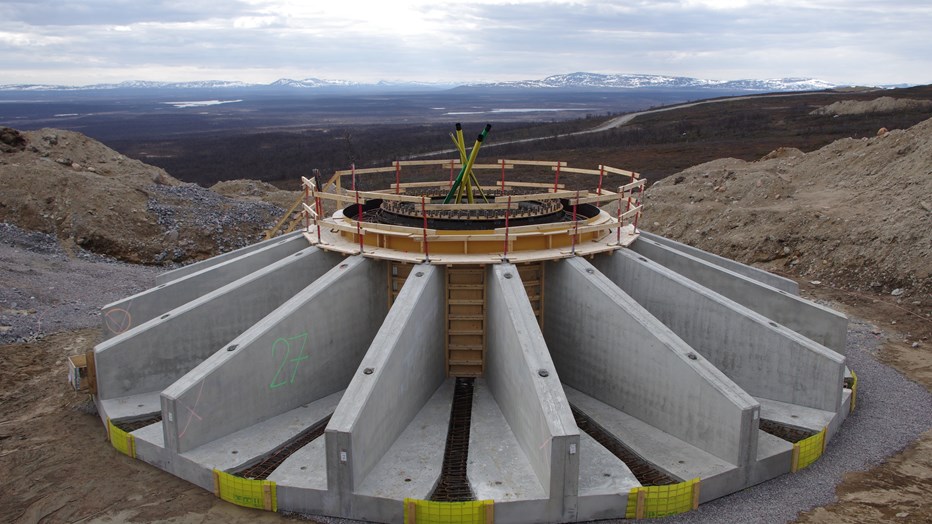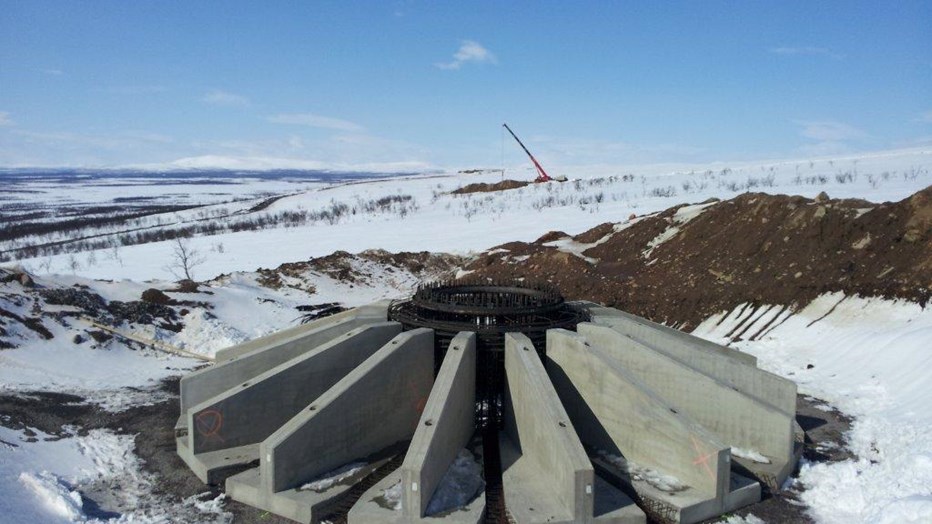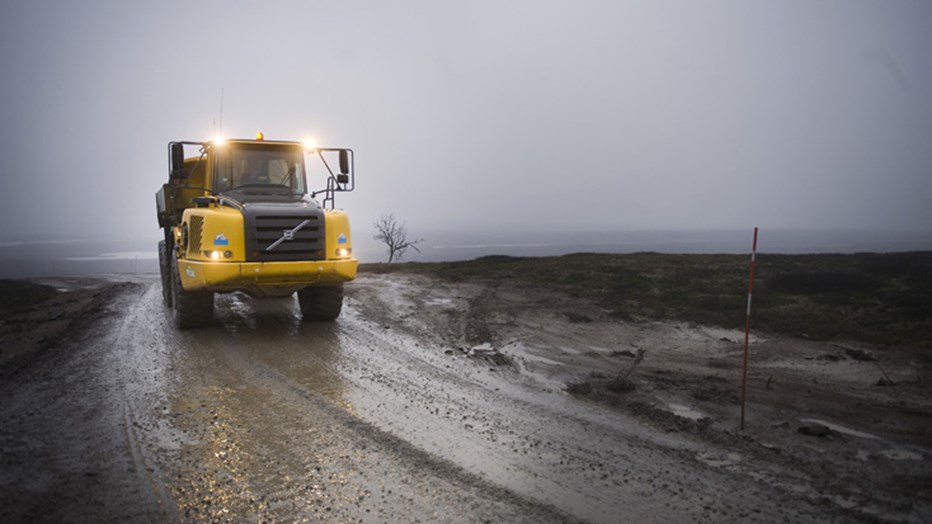Creating a wind-farm in a unique natural environment
The Sjisjka wind farm, one of Sweden's largest land-based wind farms made up of 30 turbines, is located in the sub-mountainous region of Sjisjka in the Municipality of Gallivare. The region has strong wind conditions and was designated as an area of national interest for wind power by the Swedish Energy Agency.
The wind farm is owned in a partnership between Skanska, O2 and Jamtkraft, and is expected to generate 200 GWh of electricity a year, enough to power about 43,000 households. Measured from the ground level to the top of the rotor's highest point, each turbine is 130 meters high. The rotor blades are 50 meters long.
Two 130 kV power lines are connected to Sjisjka. A transformer station has been built next to the railway.
This has been a pilot project in many ways, including logistics. The wind farm is being constructed in an area without roads, which creates practical and technical challenges. For example, 95 percent of transport has been by railway, with materials, machinery, dump trucks and cars all being brought to Sjisjka by train. A road to the site to transport turbines was not built until July 2012.
The staff, who have been staying in Gallivare, commuted to work by railway on a specially chartered train. During the construction phase, the project employed between 80 and 100 people. During the facility's operational period, the farm will be manned round-the-clock all year long.
The region in which Sjisjka is located is included in the EU's nature protection network - Natura 2000 - which imposed the need for particular consideration of the valuable environment. Restrictions that protect the project include a ban on using natural materials from the surrounding mountains for roads and foundations.
The aim has been to build Sjisjka in harmony with nature and for the project to serve as a role model for how to create renewable energy cost effectively and profitably, with minimal environmental impact on a delicate mountainous environment.
Time and the environment were conserved through the use of prefabricated foundations, which were transported to the project site by train. A limited amount of fresh concrete was mixed on site using a mobile cement facility.
